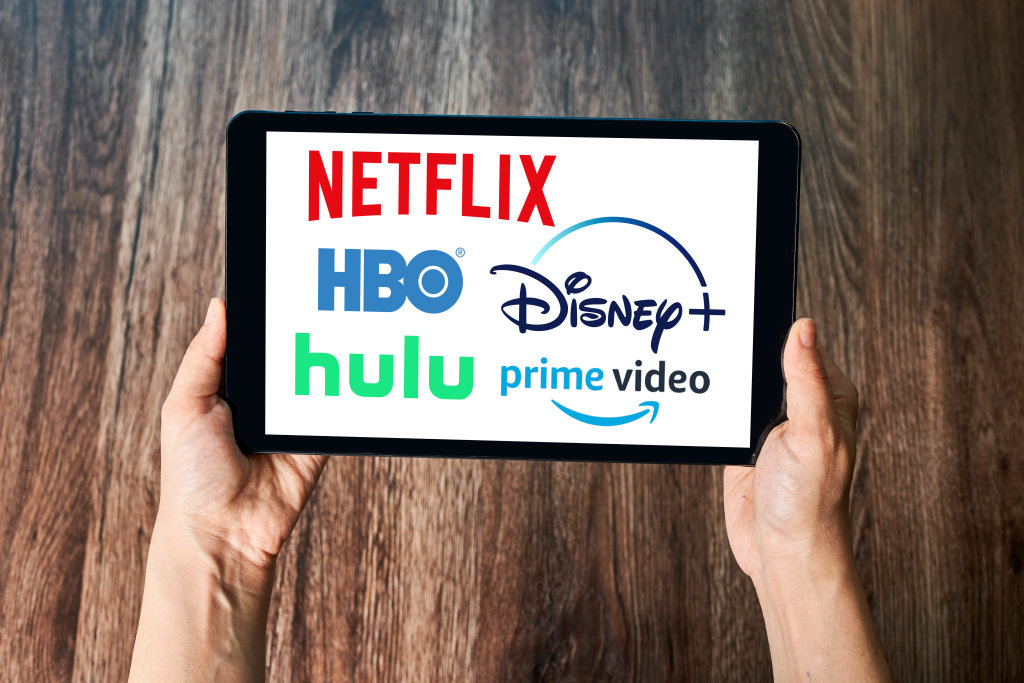Subscription Models: The New Norm for Medium Business Billing?
In the ever-changing world of business, the strategies and techniques businesses employ to bill their clients are in constant flux. As companies adapt to shifts in customer behavior and technological advancements, they seek more effective and sustainable ways to generate revenue. The most recent trend transforming the medium business billing landscape is the rise of subscription models. While this approach is gaining traction in various industries, it raises the question of whether it's on track to become the new norm in business billing.
Decoding Subscription Models: A New Paradigm in Pricing Strategy
At its core, subscription models are a pricing strategy where customers agree to pay a recurring fee—monthly, quarterly, or annually—to gain regular access to a product or service. This innovative model, once restricted primarily to newspapers and magazines, has seen a meteoric rise and adoption across a multitude of industries. The spread ranges from streaming services like Netflix revolutionizing the entertainment sector to software providers like Adobe changing the landscape of software accessibility.

The Allure of Subscription Models: Why the Sudden Popularity?
Subscription models offer a multitude of advantages over traditional one-time purchase or pay-per-use billing methods. For businesses, perhaps the most attractive benefit is the promise of a predictable and steady revenue stream. This stability allows for more effective budgeting and resource planning, creating an environment of financial stability and facilitating strategic decision-making.
On the customer side, the subscription model presents a unique blend of flexibility and convenience. Users pay a set amount at regular intervals to enjoy continued access to a product or service, freeing them from the hassles of repeated purchases and providing them with an uninterrupted experience.
Nurturing Loyalty: The Subscription Model's Role in Customer Retention
Beyond the obvious financial benefits, the subscription model offers a significant potential for increased customer retention. With a subscription, customers establish a recurring relationship with the business and its product or service. They're more likely to maintain this relationship for a longer period, especially if the process of canceling the subscription is more complex than merely opting out of a new purchase. This stickiness fosters loyalty and long-term customer relationships, proving highly beneficial for businesses.
Embracing Customizability: The Adaptability of Subscription Models
A distinct characteristic of subscription models is their inherent customizability. Businesses can curate different tiers of subscriptions, each with a unique blend of features, services, and pricing. This customization caters to a broad spectrum of customer needs and budgets, providing businesses with opportunities for upselling and cross-selling. This inherent scalability and adaptability make the subscription model a highly versatile and growth-friendly billing approach.
Navigating Challenges: Understanding the Downsides of Subscription Models
Despite the array of benefits, subscription models aren't without challenges. New customer acquisition can be more challenging as prospects might be deterred by the perceived long-term commitment associated with subscriptions. Furthermore, managing subscription renewals can be complex. If not handled meticulously, it can lead to billing errors and customer disputes, negatively affecting customer relationships and company reputation.
Envisioning the Future: Is Subscription the New Norm?
While the rising popularity of subscription models is undeniable, its applicability varies widely. It serves best those businesses that offer a product or service with consistent and ongoing value. As more businesses successfully implement this model and customers grow more accustomed to its conveniences, it's likely to gain even more ground. However, whether it becomes a prevalent norm in medium business billing largely depends on the evolving business environment and customer preferences. But one thing is certain—the subscription model is a compelling trend that businesses can't afford to ignore in the current competitive landscape.
FAQ
1. What types of businesses are best suited to subscription models? Businesses that offer a product or service with ongoing value, such as software providers, streaming services, and subscription box companies, are well-suited to subscription models.
2. Are subscription models suitable for all medium businesses? While subscription models offer many benefits, they are not suitable for every business. The feasibility of a subscription model depends on the nature of the product or service offered and the customer base.
3. What are some challenges businesses may face when implementing a subscription model? Challenges can include acquiring new customers due to the perceived long-term commitment, managing subscription renewals to prevent billing errors, and maintaining the ongoing value of the product or service to justify the subscription.
Subscription models are indeed revolutionizing medium business billing, offering a recurring revenue stream and increased customer retention. However, whether it will become the new norm depends on its continued adoption and successful implementation across diverse industries. Businesses should carefully consider the advantages and potential challenges before transitioning to a subscription model.

